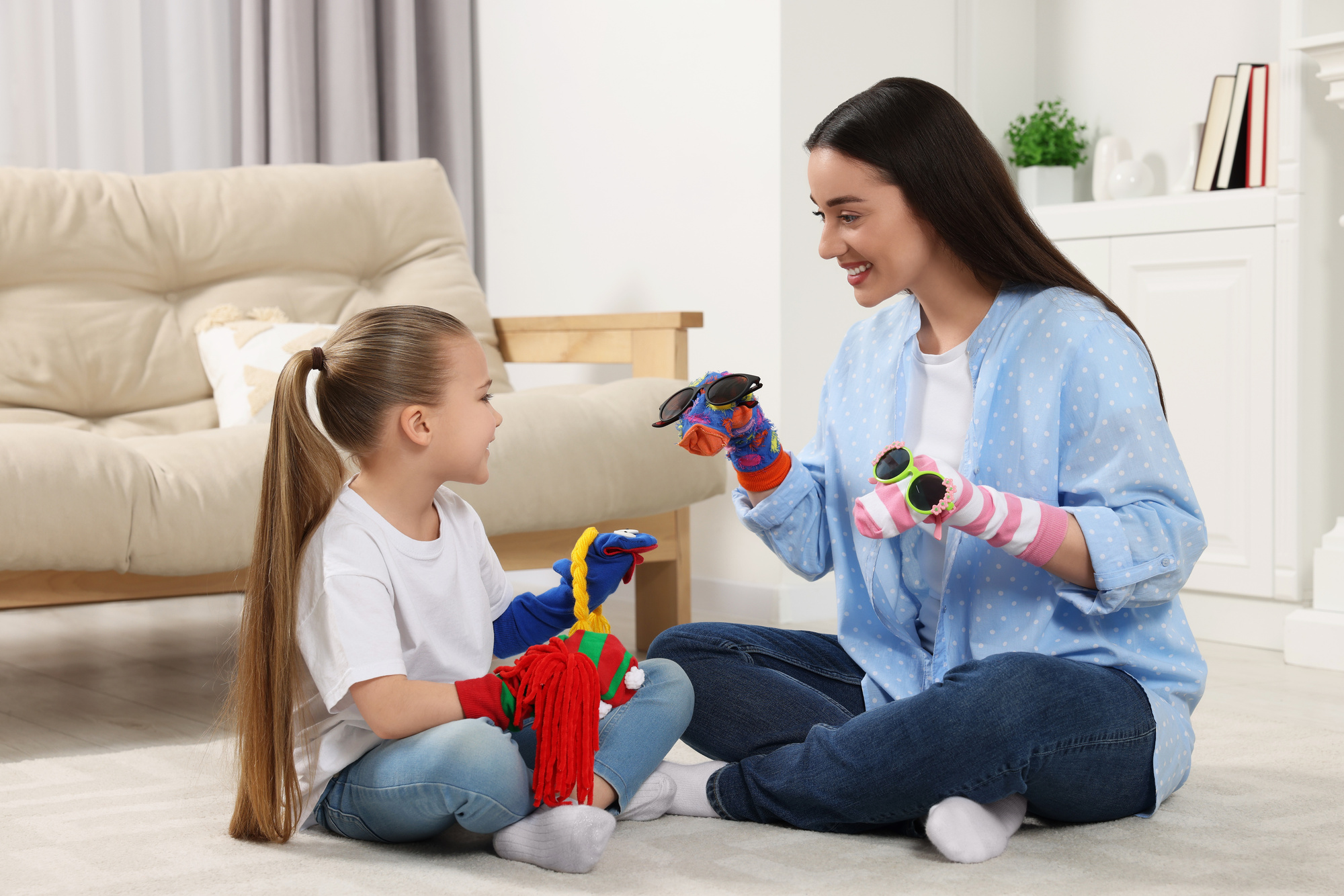Play is more than just fun and games for toddlers; it’s a critical part of their development. Through play, toddlers not only engage their imagination but also enhance vital cognitive, emotional, and physical skills.
The aim of this article is to provide a helpful guide for parents and caregivers. We’ll delve into the different types of activities and practical tips for making play a cornerstone of your toddler’s learning journey.
Why Is Play Important?
Play serves as a vital tool in the growth and development of young children. This is something that many institutions, like early childhood centre Belmore, emphasize as well. From the earliest stages, it lays the foundation for cognitive skills. These are essential capabilities like problem-solving, decision-making, and logical thinking.
Beyond sharpening the mind, play also nurtures creativity. It gives children the freedom to explore, to invent, and to come up with new ideas. When kids engage in pretend play or artistic activities, they exercise their imagination. This encourages them to think outside the box and to view the world from various angles.
Play also has a significant influence on social development. It’s during play that toddlers learn to interact with others. They grasp the concepts of sharing, taking turns, and teamwork. These experiences contribute to a better understanding of social norms and expectations.
Last but not least, play boosts self-esteem. When a child completes a puzzle or scores in a game, they experience a sense of achievement. This builds confidence and helps them tackle future challenges with enthusiasm.
Types Of Play
Understanding the various forms of play can help parents and caregivers tailor activities that suit their toddler’s developmental needs. Here are some of the key categories and their respective benefits:
- Imaginative Play
This involves role-playing, storytelling, and make-believe scenarios. Kids might pretend to be pirates, doctors, or superheroes. Imaginative play aids in cognitive development, as it encourages problem-solving and creative thinking. It also helps toddlers understand different roles and behaviors, contributing to their emotional and social growth.
- Physical Play
Think of activities like running, jumping, or climbing. Physical play not only develops motor skills but also provides a way for children to understand their bodies and spatial awareness. This form of play is essential for physical health, including muscle development and coordination.
- Object Play
This type of play involves toys, blocks, and other tactile items. Toddlers learn to manipulate objects, understand shapes, and discern textures. Object play supports cognitive skills like categorization and sequencing. It also enhances fine motor skills, as kids grasp, stack, or assemble various items.
By engaging your toddler in a mix of imaginative, physical, and object play, you can provide a holistic developmental experience.
Structured Vs. Unstructured Play
Different styles of play contribute to a child’s holistic growth. Specifically, structured and unstructured play offers unique advantages and has certain limitations.
- Structured Play
Structured play refers to planned activities that have a specific goal or objective. Examples include puzzles that focus on problem-solving or craft activities aimed at improving fine motor skills.
The merits of this approach include honing targeted abilities and skills, such as numeracy or color recognition. However, the downside may be limited creative expression, as the activity is goal-directed.
- Unstructured Play
In contrast, unstructured play consists of open-ended activities that don’t have a predetermined goal. Think of sandbox play or free drawing. The primary advantage here is the enhancement of creativity and imagination. The child is free to explore and innovate. On the flip side, these activities may lack focus, which could lead to fewer improvements in specific skill sets.
To offer a comprehensive developmental experience, a combination of structured and unstructured play is recommended. Allocate time for planned activities to work on targeted skills. Equally, allow room for free play, giving your child the liberty to explore and use their imagination.
Play-Based Learning Activities
Now that we’ve covered the what and why of play, let’s delve into the how. Offering hands-on, engaging activities can greatly enrich your toddler’s learning experience. Below are some age-appropriate examples:
- Building Blocks For Little Architects (18-24 Months)
Stacking blocks are not only entertaining but also educationally potent. They offer a tactile experience, improve hand-eye coordination, and introduce early math concepts like shapes and balance. For an added educational twist, narrate what your child is doing. Describe the colors they choose or the height of their structures.
- Scavenger Hunts (2-3 Years)
Create a simple scavenger hunt around the house or garden. Give your child a list of items to find—perhaps a red sock, a yellow flower, or a round object. This activity promotes observational skills and introduces basic concepts of categorization and pattern recognition.
- Puppet Shows For Storytelling (3-4 Years)
Craft simple puppets from socks or paper bags. Use them to enact small skits or fairy tales. This promotes linguistic skills and fosters an understanding of story structure and character roles. To deepen the learning experience, discuss the story afterward. Ask questions like, ‘Why do you think the rabbit was happy?’ or ‘What would you do if you were the princess?’
- DIY Musical Instruments (3-4 Years)
Making instruments from household items like pots, pans, and spoons introduces the concept of sound and rhythm. This creative endeavor also fine-tunes motor skills. After creating the instruments, engage your child in a music session. Discuss the different sounds and how they can be combined to make music.
These activities aim to be both entertaining and enlightening, cultivating a wide array of skills in young learners. Keep in mind the balance between structured and unstructured play to offer a comprehensive, enriching playtime experience.
Conclusion
Incorporating play into your child’s day isn’t just fun; it’s crucial for their development. From cognitive skills to emotional well-being, play offers a myriad of benefits. Take the initiative to add more play-based activities to your daily routine and embrace play as your toddler’s natural pathway to learning.
